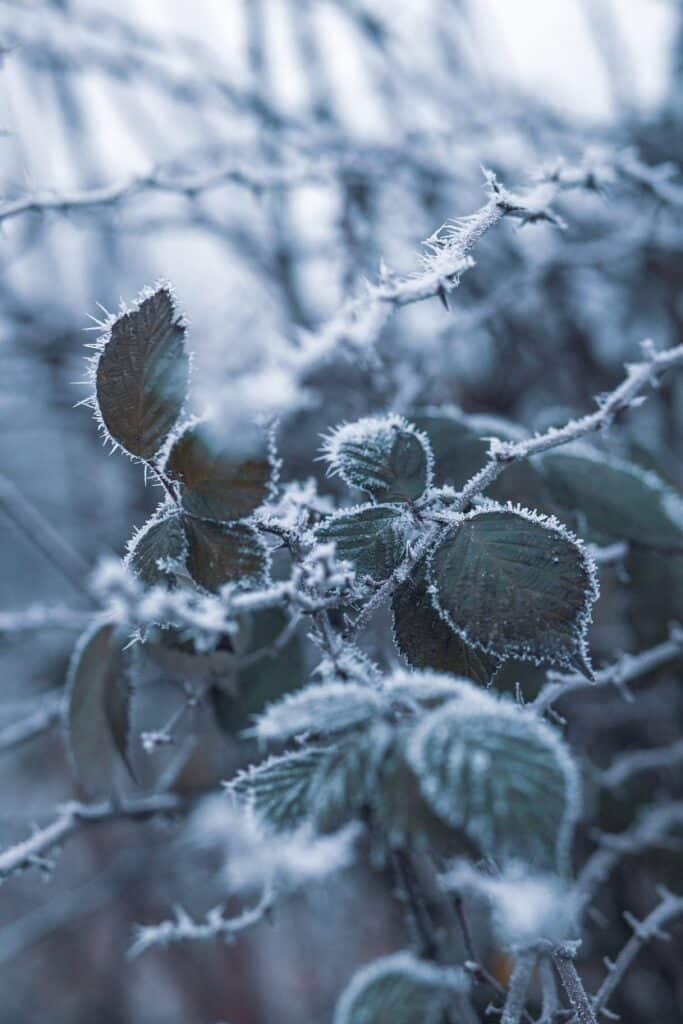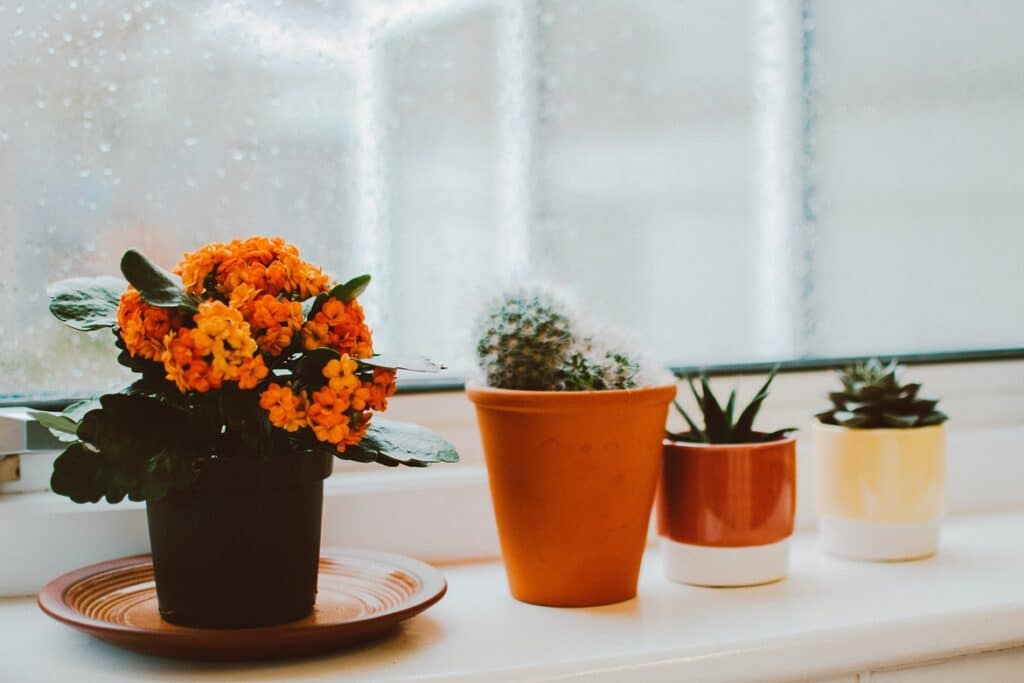Differentiate between a thriving, healthy snake plant and an unhealthy one with our guide. Learn to recognize signs of well-being and distress in your snake plant, enabling you to maintain its vibrancy and address any potential issues
You know that having indoor plants not only adds vibrancy and beauty to your living space, but also improves air quality. Among the various options available, the snake plant is a popular choice due to its low maintenance requirements and unique appearance. However, did you know that there are key differences between a healthy and unhealthy snake plant? By understanding these distinctions, you can ensure that your snake plant thrives and continues to be a delightful addition to your home. So, let’s explore how to differentiate between a thriving snake plant and one that might need a little extra care.
Leaf Appearance
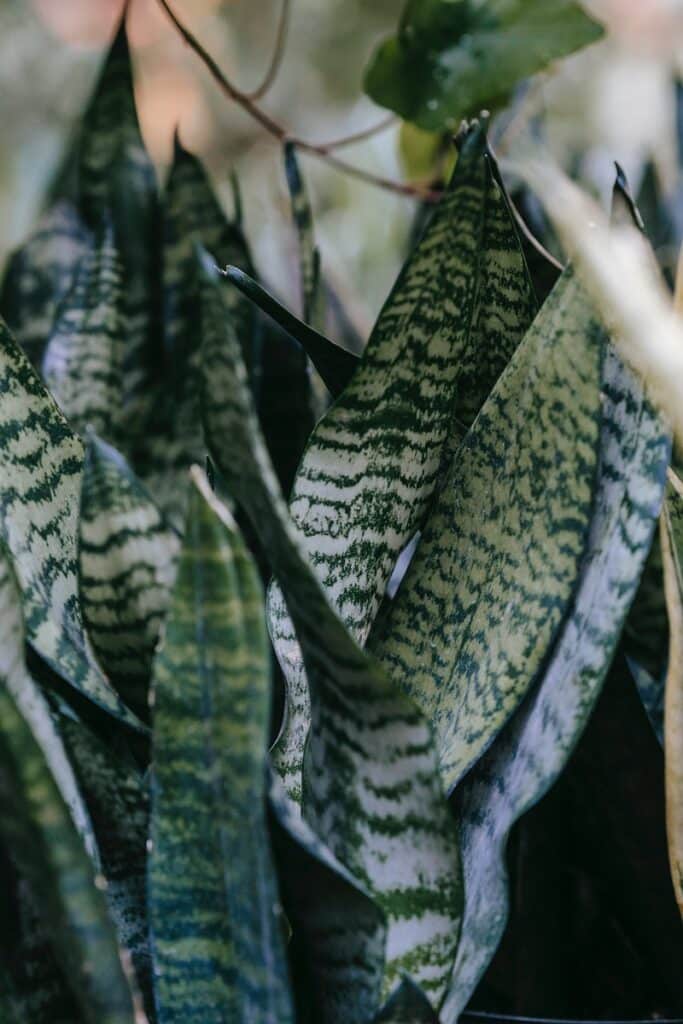
Healthy Leaf Appearance
A healthy snake plant will have vibrant and glossy leaves. The color of the leaves is usually a bright and lush green, indicating that the plant is receiving an optimal amount of sunlight. The leaves should have a firm and smooth texture, with no signs of wilting or drooping. A healthy snake plant will also display uniform leaf growth, with leaves growing evenly and in a balanced manner. Overall, the appearance of the leaves should be robust and vigorous, reflecting the plant’s good health.
Unhealthy Leaf Appearance
On the other hand, an unhealthy snake plant may exhibit several visual cues that something is amiss. One common indicator of an unhealthy leaf appearance is dull or yellowing leaves. If the leaves lose their bright green color and become pale or yellow, it could be a sign of nutrient deficiency or improper watering. Unhealthy leaves may also appear wilted, limp, or have brown edges. These symptoms suggest that the plant is not receiving enough water or that the root system is damaged. If the leaf growth is stunted or unbalanced, with some leaves being significantly smaller or larger than others, it may indicate an underlying issue with the plant’s overall health.
Leaf Color
Bright Green Leaves
Bright green leaves are characteristic of a healthy snake plant. This vibrant coloration indicates that the plant is photosynthesizing efficiently and is receiving an adequate amount of light. The chlorophyll in the leaves is responsible for their green hue and is crucial for the plant’s ability to convert sunlight into energy through photosynthesis. When your snake plant displays bright green leaves, it is a positive sign of its overall health and well-being.
Dull or Yellowing Leaves
If you notice that your snake plant’s leaves have become dull or yellow, it is a cause for concern. Dull or yellowing leaves often indicate a lack of chlorophyll, which can be caused by various factors. One common reason for the loss of vibrant green color is inadequate sunlight. Snake plants thrive in bright, indirect light, and insufficient light exposure can result in pale and yellow leaves. Another potential cause of yellowing leaves is overwatering, as excessive moisture can lead to root rot, which in turn affects the plant’s ability to absorb essential nutrients. It is crucial to address the root cause promptly in order to restore the plant’s leaf color and overall health.
Leaf Texture
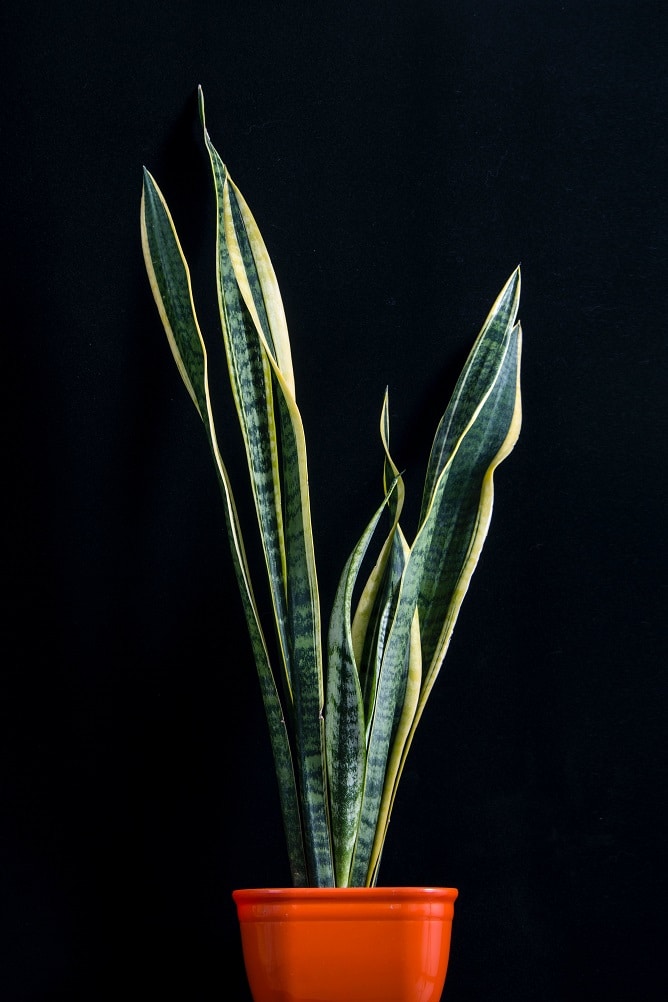
Firm and Smooth Leaves
Healthy snake plant leaves should feel firm and have a smooth texture when gently touched. The firmness of the leaves indicates that the plant is well-hydrated and structurally sound. Smooth leaves suggest that the plant is free from pests or diseases, as certain infestations can cause bumpy or rough-textured leaves. When your snake plant leaves feel firm and smooth, it is a positive sign that the plant is thriving.
Soft or Wilted Leaves
If your snake plant leaves feel unusually soft or appear wilted, it may indicate an underlying problem. Soft leaves often suggest overwatering or waterlogged soil, which can lead to root rot. When the roots are unable to supply the plant with adequate water and nutrients, the leaves may become soft or limp as a result. Additionally, if the leaves appear wilted or droopy, it could mean that the plant is not receiving enough water. Proper watering practices are crucial to maintain the firm and healthy texture of snake plant leaves.
Leaf Growth
Uniform Leaf Growth
A healthy snake plant will exhibit uniform leaf growth, with leaves growing evenly and in a balanced manner. This means that new leaves will be similar in size and appearance to existing leaves, creating a visually pleasing and symmetrical plant. Uniform leaf growth indicates that the plant is receiving optimal care and is achieving a balanced distribution of nutrients throughout its structure.
Stunted or Unbalanced Growth
If you notice stunted or unbalanced growth in your snake plant, it may indicate an underlying issue. Stunted growth refers to leaves that are significantly smaller or underdeveloped compared to normal growth patterns. This can be a result of insufficient light, improper watering, or a lack of nutrients. Unbalanced growth, on the other hand, refers to leaves that vary greatly in size or shape, disrupting the plant’s symmetry. Identifying and addressing the cause of stunted or unbalanced leaf growth is essential for promoting a healthy and thriving snake plant.
Root System
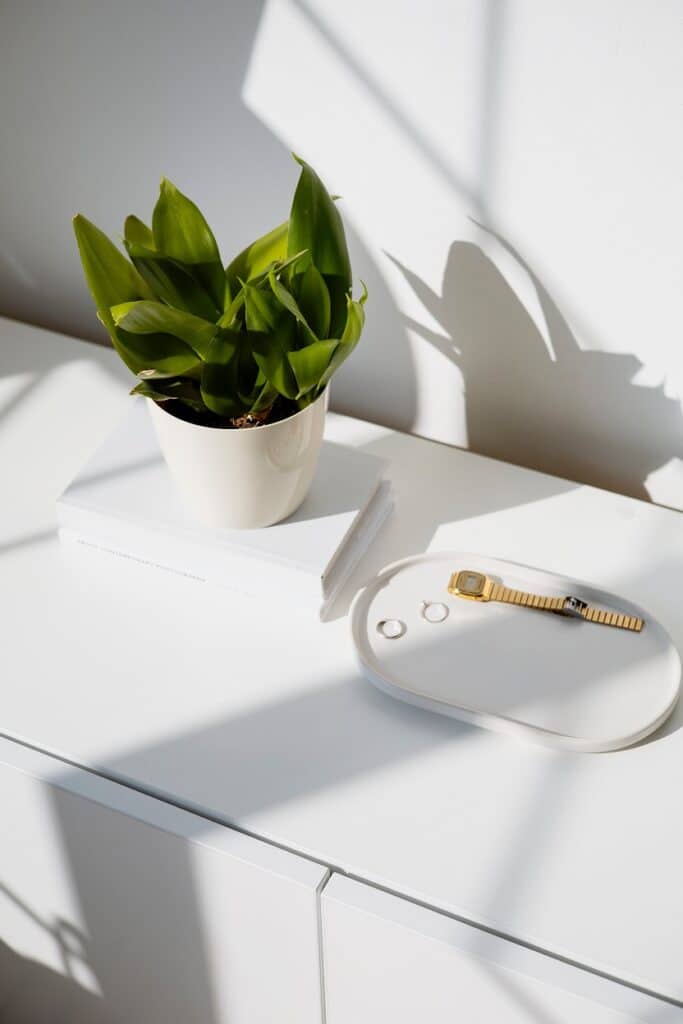
Healthy Root System
A healthy snake plant will have a strong and well-developed root system. Healthy roots are essential for nutrient uptake, water absorption, and anchoring the plant in its pot or soil. When inspecting the root system, you should find numerous, white or cream-colored roots that are firm and fleshy to the touch. These roots indicate that the plant is actively absorbing nutrients and water, contributing to overall plant growth and vitality.
Unhealthy Root System
An unhealthy snake plant may have a compromised root system, which can negatively impact its overall well-being. Signs of an unhealthy root system include brown or black roots, indicating rot or decay. If the roots appear slimy, mushy, or emit a foul odor, it may indicate that the plant is suffering from root rot due to overwatering or poor drainage. An unhealthy root system can significantly hinder the plant’s ability to absorb nutrients, leading to weakened growth and overall decline in health.
Root Color
White or Cream-colored Roots
Healthy snake plant roots should typically be white or cream-colored. These bright colors indicate that the roots are active, absorbing essential nutrients, and functioning optimally. White or cream-colored roots are a sign of a healthy root system, which is crucial for the overall growth and well-being of the plant.
Brown or Black Roots
If you come across brown or black roots when examining your snake plant’s root system, it is an indication of potential issues. Brown or black roots often suggest root rot due to overwatering or improper drainage. Root rot can prevent the plant from efficiently absorbing nutrients and water, leading to weakened growth and overall poor health. Prompt action is necessary to address the root cause and restore the root system to a healthy state.
Root Appearance
Fleshy and Firm Roots
When observing a healthy and unhealthy snake plants, a healthy plant root system, you will notice fleshy and firm roots. These roots are a sign of well-developed and vigorous growth. Fleshy and firm roots indicate that the plant is actively absorbing nutrients and water, promoting stability, and supporting overall plant health.
Slimy or Rotting Roots
On the contrary, if the roots appear slimy or rotting, it signifies an unhealthy condition. Slimy or rotting roots can indicate root rot, caused by overwatering or poor drainage. This condition prevents the roots from properly absorbing essential nutrients and water, negatively affecting the plant’s health. If you find your snake plant’s roots in a slimy or rotting state, it is crucial to address the issue promptly and restore the root system to promote a healthier plant overall.
Pest Infestation
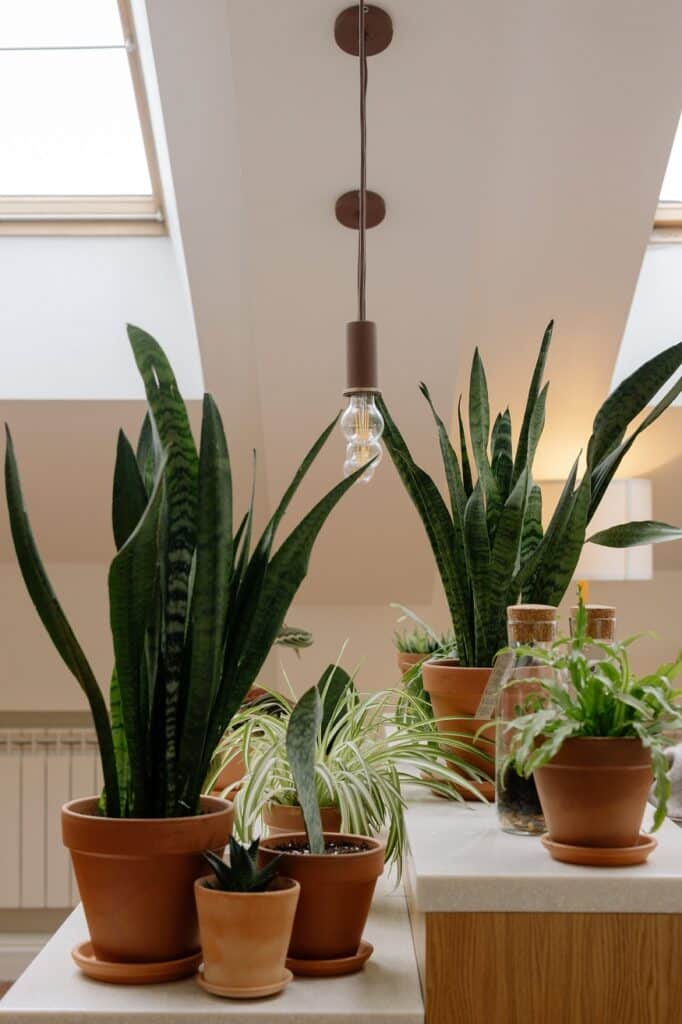
No Pest Infestation
A healthy and unhealthy snake plant generally resistant to pests, and it is common to find them pest-free. However, it is essential to regularly inspect your plant to ensure that no pests are present. A lack of pest infestation is a positive sign and indicates that your snake plant is thriving in its environment.
Signs of Pest Infestation
While snake plants are usually resilient against pests, it is not uncommon for them to face pest infestations under certain conditions. Signs of pest infestation may include visible pests on the leaves or in the soil, such as mealybugs, spider mites, or scale insects. These pests can cause damage to the plant by feeding on its leaves, draining resources, and potentially transmitting diseases. If you notice any signs of pest infestation, it is essential to take appropriate measures promptly, such as isolating the plant and using organic or chemical solutions to eliminate the pests and prevent further damage.
Common Pests
Mealybugs
Mealybugs are a common pest that can infest snake plants. They are small, soft-bodied insects that appear as white, cotton-like clusters on the leaves, stems, or in the soil. Mealybugs feed on the plant’s sap, weakening its overall health. If left untreated, mealybugs can rapidly multiply and cause substantial damage to your snake plant. Regularly inspect your plant for signs of mealybugs, such as their white, fuzzy appearance, and take appropriate measures to eliminate them if detected.
Spider Mites
Spider mites are another common pest that can affect snake plants. These tiny arachnids feed on the plant’s sap, causing stippling or yellow spots on the leaves. Spider mites are difficult to detect initially, as they are extremely small and can weave fine silk webs on the leaves. However, if you observe small dots or fine webbing on your snake plant, it may indicate a spider mite infestation. Swift action is necessary to control spider mites and prevent them from spreading to other plants.
Scale Insects
Scale insects can also pose a threat to your snake plant’s health. These pests have a protective shell-like covering and can latch onto the plant’s leaves or stems. They feed on the sap, causing slow growth, yellowing leaves, and the secretion of sticky honeydew. If you notice small, raised bumps on your snake plant or a sticky residue on the leaves, it may suggest a scale insect infestation. Timely intervention is crucial to control and eliminate scale insects effectively.
Maintenance
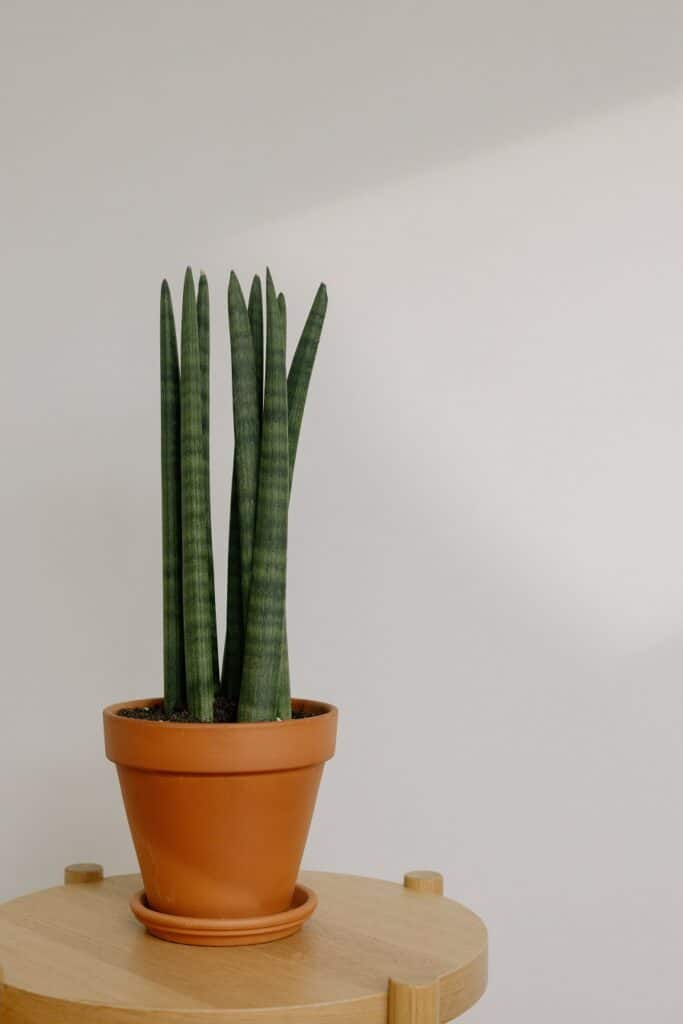
Low Maintenance
Snake plants are known for their resilience and ability to thrive with minimal care. If you are looking for a low-maintenance indoor plant, the snake plant fits the bill perfectly. With a snake plant, you can enjoy its beauty and air-purifying benefits while requiring minimal attention. These plants can tolerate a wide range of light conditions, from low to bright indirect light, making them adaptable to various environments. Additionally, healthy and unhealthy snake plants have low water requirements and can withstand periods of drought, making them an excellent choice for busy individuals or those with a tendency to forget to water their plants.
High Maintenance
While snake plants are generally low-maintenance, there are situations where they may require more care and attention. If your snake plant displays signs of distress, such as wilting leaves, yellowing, or pests, it may require more focused maintenance to restore its health. This can involve adjusting watering practices, providing appropriate lighting conditions, regularly inspecting for pests, and promptly addressing any issues that arise. High-maintenance healthy and unhealthy snake plants may also require more frequent pruning or repotting to ensure their continued growth and overall well-being.
Remember that every plant is unique, and providing the necessary care and attention will help your snake plant thrive.


